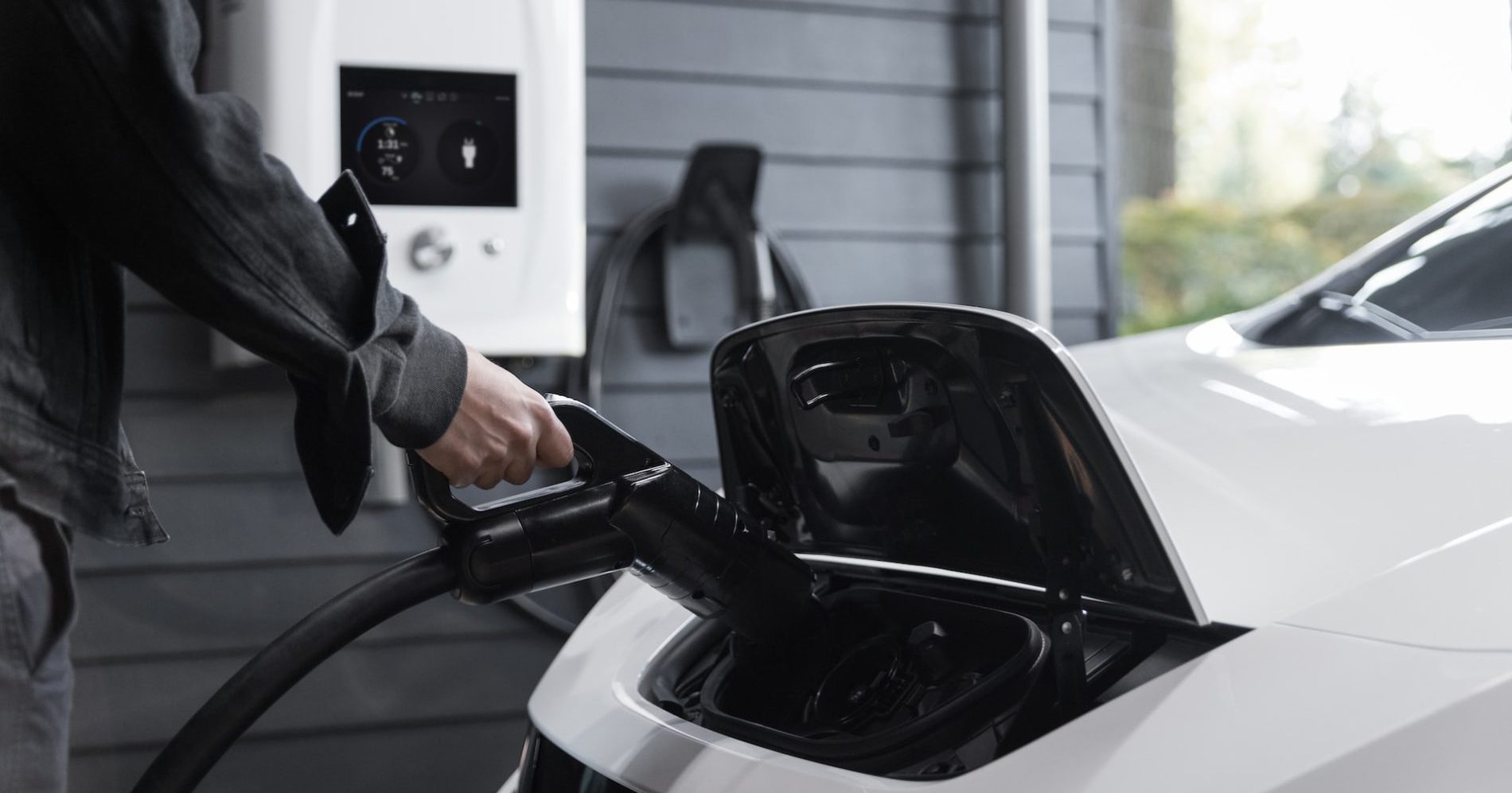Let’s face it we are never going back to the days cheap oil – especially as world reservers continue to slowly dwindle (see Stanford university’s report). Electric vehicles (EVs) have become increasingly popular in recent years as an alternative to gasoline-powered cars.
There are several types of EVs, including Battery Electric Vehicles (BEVs), Plug-in Hybrid Electric Vehicles (PHEVs), Hybrid Electric Vehicles (HEVs) and Fuel Cell Electric Vehicles (FCEVs).

Each type of these vehicle has its own unique advantages and disadvantages, so it is important to understand the differences between them in order to make an informed decision when choosing an EV.
BEVs: the oldest automotive tech (Believe or not)
BEVs are powered exclusively by electric motors and use a battery to store energy, this tech is older than ICE engines. They have no internal combustion engine and therefore do not require gasoline (Tesla cars are still the most popular BEV only car sold today).
Pros of BEV vehicles
- BEVs are typically the most energy efficient of all EV types, as they convert energy directly from the battery to power the vehicle.
- They are also the quietest type of EV and produce no emissions, making them an environmentally friendly option.
Cons of BEV vehicles
- However, BEVs have a limited range and require frequent charging, and their batteries can be expensive to replace.
- Lithium battery chemistries have very limited charge/discharge cycles before they start to degrade.
PHEV: A bridge between two worlds
PHEVs are powered by both an electric motor and an internal combustion engine – if have range anxieties, this is you best bet. They use a battery to store energy and also use gasoline for additional power.
This hybrid system can provide extended range and improved fuel economy, but the battery must still be charged regularly.
Pros of PHEVs
- They offer more flexibility in terms of range and fuel economy than BEVs.
- Far better overall fuel efficiency than ICE engines (only because of the electric powertrain).
Cons of PHEVs
- PHEVs are more expensive than BEVs
- Not be as energy efficient as BEVs
HEVs the gas-electric hybrid (you don’t plug in)
HEVs are powered by both an electric motor and an internal combustion engine. Unlike PHEVs, they are not able to be plugged in and use electricity from the grid.
Instead, they rely on the engine to charge the battery and use the electric motor for additional power.
Pros of HEV vehicles
- HEVs are typically more efficient than gasoline-powered cars
- They produce fewer emissions thans ICE and PHEVs cars
Cons of HEV vehicles
- They do not offer the same flexibility or range as BEVs and PHEVs.
FCEVs the next step in automotive evolution?
FCEVs are powered exclusively by electric motors and use a fuel cell to generate electricity. The fuel cell converts hydrogen into electricity, and the energy from this reaction is used to power the vehicle.
Pros of FCEV vehicles
FCEVs are clean and efficient
They have longer ranges than other EV types – the Toyota Mirai can travel more than 845 miles.
Cons of FCEV vehicles
- The infrastructure for hydrogen fueling is still in its infancy.
- FCEVs are currently very expensive.
Conclusion:
Each type of EV has its own pros and cons, and the best option for you will depend on your individual needs and preferences. BEVs are best for those who want an emission-free, energy-efficient vehicle, while PHEVs are more suitable for those who need more range and flexibility.
HEVs are great for those who want an efficient vehicle but don’t want to be tied to charging stations, and FCEVs are ideal for those who are willing to invest in a more expensive but clean and efficient car.



